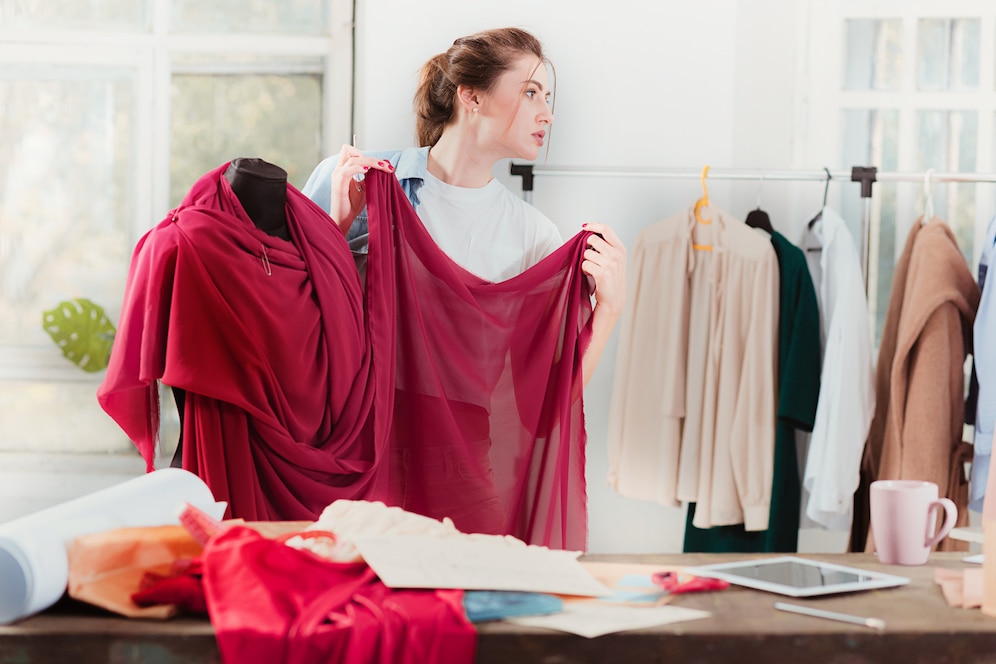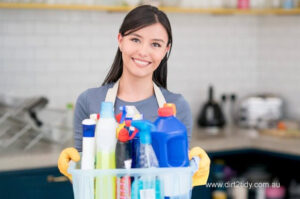Sleep is important for our well-being, and despite this, many of us battle to achieve good sleep. Our lives are typically full of stress and tasks, from home commitments to work due dates, that can greatly affect the quality of our sleep. Fortunately, there is a solution: meditation for sleep problems.
With techniques such as deep breathing, guided imagery, and visualization we can learn ways to relax our bodies and minds so that we can slip into a peaceful slumber. If we make meditation part of our daily routine, it can help improve sleeping patterns and benefit us in various ways such as increased focus and lowered anxiety levels.
How to Meditate for Insomnia
Insomnia can be a frustrating and exhausting condition, and despite trying various methods, you may still struggle to achieve a restful night’s sleep. Meditation for sleep problems is a viable option that has been proven to effectively treat insomnia. In a study, participants who meditated for 30 minutes before bedtime experienced quicker and more sound sleep, as well as feeling more refreshed and less stressed overall.
If you’re considering trying meditation for sleep problems, there are a few things to consider. Firstly, ensure that you are in a comfortable, interruption-free environment. Close your eyes and concentrate on your breathing by inhaling deeply and exhaling slowly. Continue this breathing pattern for 10-20 minutes.
It may also be helpful to focus on a mantra or positive affirmation, such as repeating “I am calm and at peace” during each inhale and exhale. If your mind starts to wander, redirect your attention back to your breath or mantra. Through consistent practice, meditation for sleep problems can effectively decrease stress levels and promote deep relaxation, both of which are essential for a good night’s sleep.
Tips for Getting Better Sleep Through Meditation
- Find a comfortable spot to sit or lie down and consider closing your eyes while focusing on your breath.
- Observe your thoughts and emotions as they arise without judgment, allowing them to pass by freely.
- Whenever you notice your mind wandering, gently redirect your focus back to your breath.
- Dedicate 10-20 minutes to this practice every day. With time, you will likely discover it becomes simpler to concentrate on your breath and release any unwanted thoughts.
- Keep in mind that there is no “correct” way to meditate, and it is essential to be patient with yourself and allow your meditation practice to develop at its own pace.
The Science Behind Meditation for Sleep Problems
According to a recent study published in the Journal of Alternative and Complementary Medicine, meditation for sleep problems has been proven to be an effective means of improving sleep quality. The study involved 47 adults with chronic insomnia who were randomly assigned to either a meditation group or a control group. The participants in the meditation group underwent an eight-week program of mindfulness meditation training while the control group received no training.
After eight weeks, the participants in the meditation group reported significant improvements in their sleep quality and experienced less anxiety and depression compared to their pre-study condition. Conversely, the control group did not show any changes in their sleep quality or mental health. These results suggest that mindfulness meditation can be a useful treatment option for chronic insomnia.
If you’re struggling to get adequate sleep, incorporating regular meditation practice into your nightly routine may be beneficial.
Meditation Exercises for Better Sleep
Sleep is an essential component of our overall health and well-being, yet many individuals struggle to obtain sufficient rest regularly. If you are one of those people who has difficulty sleeping, meditation may be able to assist you. There are several meditation for sleep problems techniques you can experiment with to promote better sleep.
One uncomplicated approach is to focus on your breath. Sit or lie down in a comfortable position and observe your breath as it enters and exits your body. If your thoughts begin to wander, gently direct your attention back to your breath. Alternatively, you can count each inhale and exhale to help you concentrate.
Another option is to visualize a peaceful environment or setting. Imagine yourself in a serene place, such as a beach or meadow, and allow the stress of the day to dissipate. Alternatively, you could repeat a mantra or positive affirmation in your mind, such as “I am calm,” “I am loved,” or “I am at peace.”
It may take some trial and error to discover the meditation for sleep problems technique that is most effective for you. Furthermore, do not be concerned if you do not immediately fall asleep. The objective is to relax your body and mind so that sleep comes more naturally. With regular practice, you should be able to fall asleep more easily using one (or more) of these meditation exercises.
Meditation Retreats for Sleep Problems
Research has demonstrated that meditation for sleep problems can be a highly effective technique to improve the quality of one’s sleep. Mindfulness meditation, in particular, has been found to aid in falling asleep faster, sleeping more soundly, and waking up feeling more refreshed. Individuals who suffer from chronic insomnia may find that regular meditation practice can be especially beneficial in reducing stress levels and promoting relaxation.
For those looking to deepen their practice, meditation retreats led by experienced instructors provide a unique opportunity. Meditation retreats come in a variety of forms, but all share the common aim of helping participants learn to calm their minds and body to attain more restful sleep.
Mindfulness Practices for Sleep
Mindfulness techniques can offer valuable assistance to individuals who experience sleep disturbances. Engaging in mindful breathing is one mindfulness method that can be particularly beneficial. When an individual directs their attention to their breathing, it can help to soothe their mind and body, resulting in a more peaceful sleep.
Another mindfulness approach that can promote sleep is the use of a mantra or affirmation. Repeating a mantra or affirmation can help to silence the mind, enabling one to focus on the present moment and facilitating the process of falling asleep.
Numerous other mindfulness practices can also aid in achieving better sleep, such as body scan meditations, visualizations, and progressive muscle relaxation.
It is recommended to experiment with different mindfulness techniques to discover which ones work best for you.
Other Ways to Improve Sleep Quality
While medication and therapy are established means of improving sleep quality, there are alternative approaches that could also be advantageous. Meditation, for instance, may help some people achieve relaxation and improve their sleep quality. Evidence suggests that mindfulness techniques can expedite the process of falling asleep and enhance its overall quality.
Additionally, adopting healthy lifestyle habits, such as reducing stress, avoiding caffeine before bedtime, and maintaining a regular sleep routine, can result in improved sleep quality.
Conclusion
The potency of meditation in addressing our sleep issues is apparent. Our article aims to provide an understanding of the advantages of integrating mindfulness techniques into one’s bedtime routine and how it can promote more peaceful sleep each night. Whether an individual opts for guided meditations, yoga, or mindfulness exercises, we encourage them to explore what works best for them and incorporate it into their nightly ritual. Best of luck!

 Business2 years ago
Business2 years ago
 Tips & Tricks2 years ago
Tips & Tricks2 years ago
 Law2 years ago
Law2 years ago
 Technology2 years ago
Technology2 years ago
 Business2 years ago
Business2 years ago
 Business1 year ago
Business1 year ago
 Lifestyle2 years ago
Lifestyle2 years ago
 Technology2 years ago
Technology2 years ago










